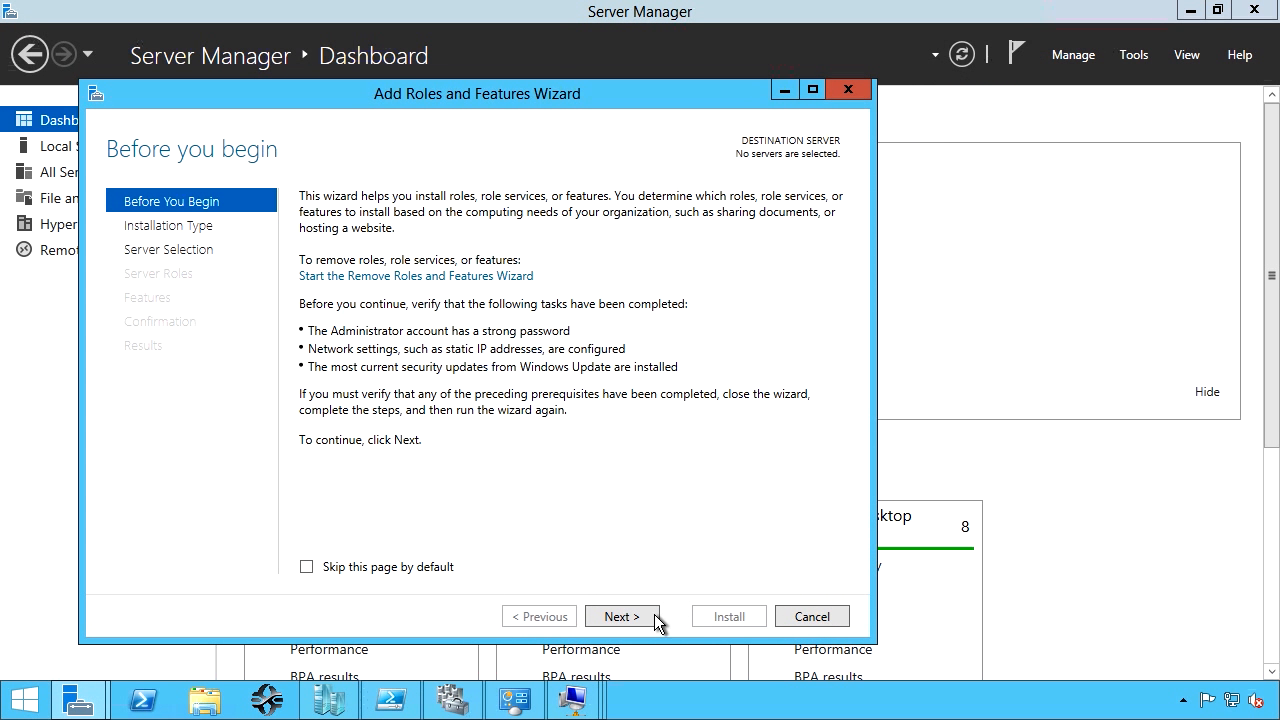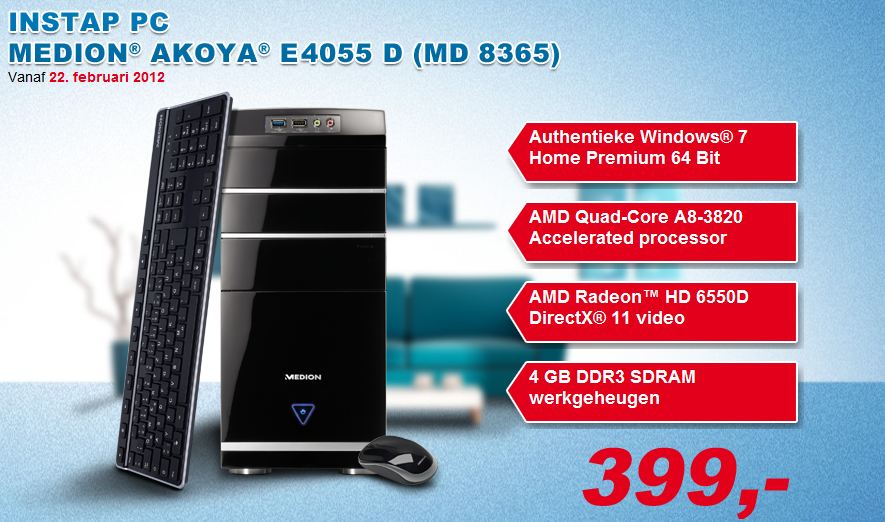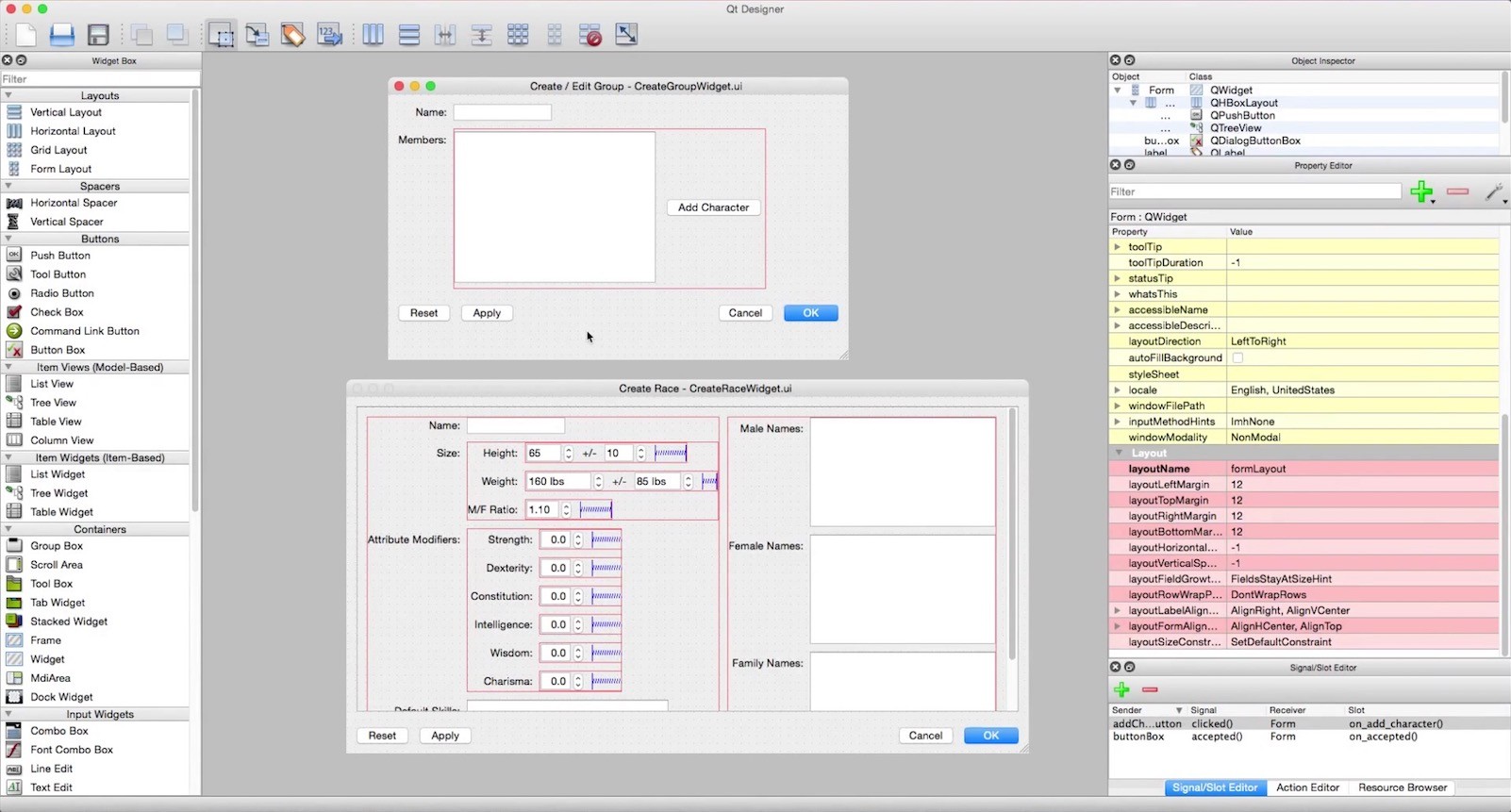Hello! In my tutorial i’ll describe how to install PyQt4 on Os X manually. You can try installing by MacPorts or HomeBrew. I had tried both. But i couldn’t get the result what i wanted. So i managed my goal by installing and configuring manually.
PyQt is a set of Python bindings developed for Nokia's Qt application framework. Moreover, the PyQt framework runs on all platforms supported by Qt including Mac OS X, Windows and Linux. There are two different sets of bindings: PyQt5 supports Qt v5; and the older PyQt4 supports Qt v4 and earlier. PyQt GUI Programming Tutorial. PyQt is a module to make desktop software with Python. This works on all desktop systems including Mac OS X, Windows and Linux. If you want to make desktop apps with Python, PyQt is the module you need to make them. After creating your app, you can create an installation program with fbs. PyQt, is a robust Qt binding for Python, provided by Riverbank Computing. PyQt is installable in Ubuntu linux with just a few apt commands. There is also a stable Windows installer with Qt libraries included. Unfortunately until now there were no OS X binary distros, and compiling PyQt on OS X was a big hassle. The easiest way to combine Qt Designer and Python is via the PyQt binding. To install PyQt, simply enter the following on the command line: python3 -m venv venv source venv/bin/activate # or 'call venvScriptsactivate.bat' on Windows python3 -m pip install PyQt5 (This assumes you have Python 3. Note: this is a tutorial on Mac OS X 10.6.4, with: PyQt-mac-gpl-snapshot-4.7.5-8a6793a155e0.tar.gz and with: sip-4.11-snapshot-052b642f04a8.tar.gz. It should be the same on previous and next versions. ( if you have some bugs you may also contact me ) How to install PyQt4? Download the SIP package (snapshot for OS x ).
This is a tutorial on Mac OS X 10.8.4, with: Python2.7; with : PyQt-mac-gpl-4.10.4-snapshot-f32540dbcf98.tar.gz and with : sip-4.15.2-snapshot-14732b487dda.tar.gz.
It should be the same on previous and next versions.
How to install PyQt4 ?
Download the SIP package (snapshot for OS x )
Download the PyQt package (snapshot for OS x)
Download Qt
Install Qt
Install SIP
Install PyQt
and try !
Download the Qt binary from the website : Download site (You may take the complete SDK) or Download here.
Download the SIP snapshot : Download site (for OS x)
Pyqt For Mac Os 10.10
Download the PyQt snapshot : Download site (for OS x)
1. And now install the first Qt binary, just follow and click on next until it as finished to install.
2. SIP :
SIP is the program that bind C++ with Python
Go were you have downloaded the sip tar.gz and enter the folder(Mostly Downloads folder)
And we are gonna try to install it with the following lines :
Pyqt For Mac Os Versions
– arch x86_64 is to specify that we want this architecture. You may use i386 also!
Then lets make it and install it with the following commands :
3. PyQt4:

Once installed let’s move back an go to the PyQt folder to configure it and install it with the following command :
And let’s try to configure it with the right things
Important note: I had trouble finding qmake! If the path above doesn’t work for you, first try this command if you had qmake or not
After pressing return if you got the version that means you have qmake. Then type:
After pressing return you will get your qmake path.
If you don’t have qmake that means you didn’t install Qt. So install it!
Then let’s make them with:
And now, everything should be Up and running. Commercial use for magnesium. So let’s test it. On a terminal window type
When you are on interactive shell type:
After pressing return, if you dont get a error that means you have installed PyQt. you are now good to go.
4. Hello World by PyQt
Save the python code above (hellow.py) and execute in terminal:
The open source Qt development toolkit is a popular choice for cross-platform development. It provides native-looking widgets and tight integration with the underlying platform on Windows, Linux, and Mac OS X. Qt applications that are written in C++ are easy to compile and deploy across all three platforms, but what if you don't like C++? I prefer Python, a dynamic programming language with a richly expressive syntax and exceptionally powerful support for introspection.
Fortunately, there are cross-platform Python bindings for Qt. The downside, however, is that packaging PyQt applications so that they can be deployed to users on Windows and Mac OS X is an immensely frustrating and arcane process. I declared victory last week after spending several hours battling with MacPorts and distutils. Now that I have unlocked the toolkit's dark mysteries, I can show you the hidden secrets that will allow you to achieve mastery of the alchemical art of cross-platform PyQt application deployment.
First, you'll need access to each platform for which you want to build redistributable packages. The easiest way to accomplish this is to use a Mac and either triple-boot or virtualize Windows and Linux. The initial setup process for Mac OS X will require a lot of very heavy compilation, so you are going to be in for a world of pain and a very long wait if you try to do this on a Mac mini.
My test application
My computing environment is a quad core Mac Pro configured to dual-boot OS X and openSUSE 11.1. For Windows, I'm running XP in VirtualBox. I do most of my actual development in Linux, but you can do it pretty comfortably on any of the platforms.
My test application, which I call Orbital Liftr, is a simple utility that I made for batch uploading graphics to Ars Technica's content management system. The Ars CMS is built on Movable Type, which means that it supports the MetaWeblog XML-RPC API, and my app lets you upload images to any standard Movable Type or WordPress blog that supports the API. The app has a few simple features like support for receiving images via drag-and-drop, and it can proportionally resize them before uploading.
The program consists of one module of Python code which contains the application logic and a few basic user interface forms that I made with the Qt Designer program. I have published the complete source code of the program on Launchpad. You can use it to follow along with this tutorial, or you can use your own code.
PyQt on Windows

To build a distributable PyQt package for Windows, you first need to set up a working PyQt execution environment. Start by downloading and installing the standard Qt SDK from the Qt Software website. Next, you will need to install Python 2.6.1. Use the binary installer for Windows from the Python website.
The next step is installing the Python bindings, which can be obtained from the download page at the PyQt website. You'll want to get the Windows installer that is compatible with Python 2.6; it's listed at the bottom of the Binary Packages section.
These components should be enough to give you a fully functional environment for running PyQt applications. You can test it by making a simple PyQt application with a few widgets in a single .pyw file. If your PyQt environment installed correctly, you should be able to run the program by double-clicking the .pyw file in the file manager. There are several example scripts that come bundled with the PyQt installation. These can be found in the site-packagesPyQt4examples folder.
Now that you have a working PyQt environment, you need to package up the application so that you can distribute it to users and make it possible for them to run it without having to install all of the dependencies. This is done with a utility called py2exe that leverages Python's distutils framework. An installer for py2exe is available from the SourceForge website.
You will need to adapt your setup.py script so that it can provide proper instructions to py2exe. If your program is simple and you already know how to use distutils, this shouldn't be terribly hard. The following example shows my setup.py file:
 Bitcoin Core Bitcoin Core is a full Bitcoin client and builds the backbone of the network. It offers high levels of security, privacy, and stability. However, it has fewer features and it.
Bitcoin Core Bitcoin Core is a full Bitcoin client and builds the backbone of the network. It offers high levels of security, privacy, and stability. However, it has fewer features and it.
Most of that is pretty much standard distutils. The last two lines were added to accommodate py2exe. The 'windows' parameter specifies the script that py2exe should use to launch the actual program. As you can see, for a simple program that is being ported from Linux, it's the same thing that you already have in your 'scripts' parameter.
The 'options' parameter allows you to pass specific instructions to py2exe. For PyQt applications, you will need to tell it to include sip, a fundamental component of the PyQt binding system.

The py2exe tool will typically compress all of your required Python library modules into a single zip file in order to reduce space and keep your redistributable package clean. I disable that with the skip_archive option. My program dynamically loads the user interface description XML files at runtime, but it can't read those files when they are bundled up in the zip archive.
When you are building PyQt applications with py2exe, you need to either statically generate your user interface modules from the XML description files in advance, disable archiving with the skip_archive option, or structure your program so that the UI files will not end up in the archive.
After you finish making your setup.py script, you can build your redistributable package by running it from the command line:
The terminal will display a lot of messages as it byte-compiles your modules and copies all of the necessary dll files and other dependency components. The automated setup process will take place in the 'build' directory and everything that your users need will be copied into the 'dist' directory. If the script won't execute, make sure that Python is in your PATH environment variable.
To deploy your application to users, ship them everything that is in the 'dist' directory. This adds up to roughly 25 MB for a simple program. It includes the executable and all of the runtime dependencies, which means that users will be able to run the program without having to install the other components.
You can just zip it up and ship it out that way, but it will be more convenient for your users if you give them a single self-standing executable with a standard installer wizard. A lot of PyQt developers seem to like Inno Setup, a free installer maker.
Although your users will not have to manually install Qt or the PyQt bindings, they might still have to install the VC++ 2008 Redistributable Package. This package is available directly from Microsoft.
Deploying PyQt on Windows works reasonably well. Inno Setup uses good compression, so you can get your final package down to an acceptable size and make it easy for users to install. The biggest challenge is getting py2exe to deal appropriately with certain kinds of corner cases.
If your application is complex or structured in an unusual way, you might run into problems. For example, py2exe doesn't respect the distutils package_data option. There are a few workarounds for problems of that nature, and you can get more details about py2exe from the project's website.
